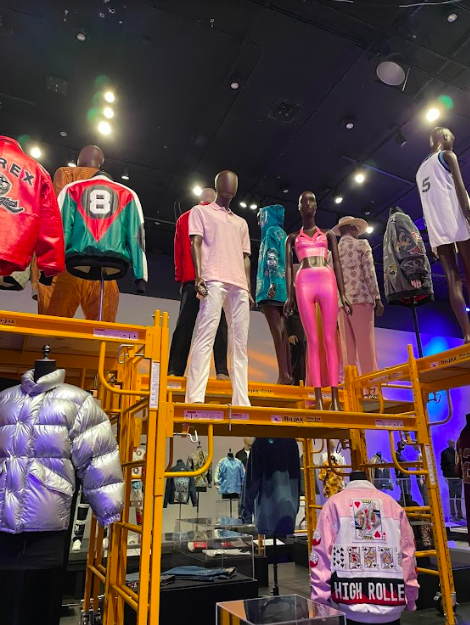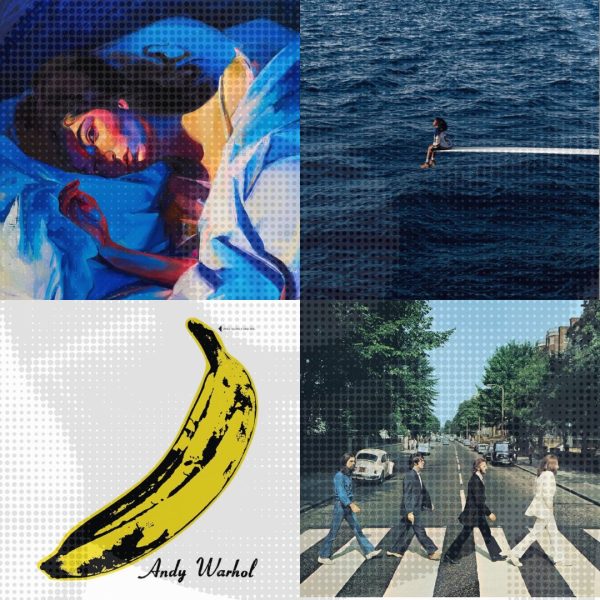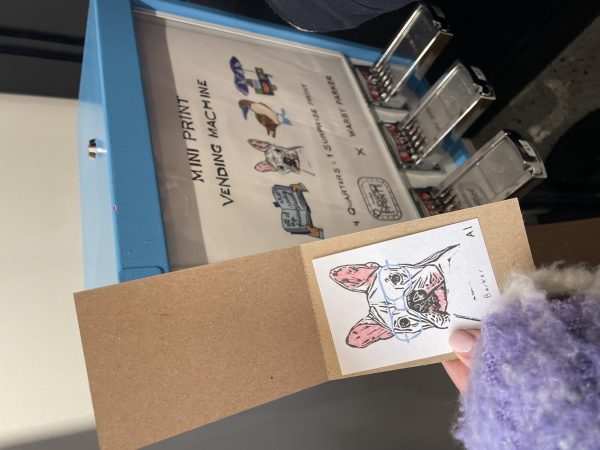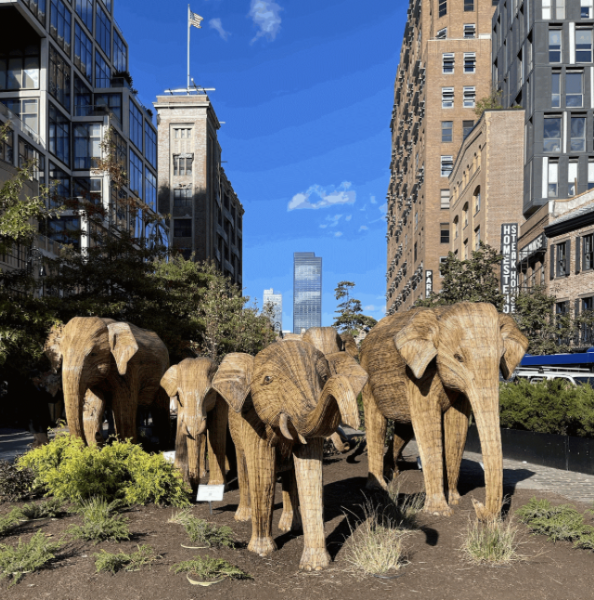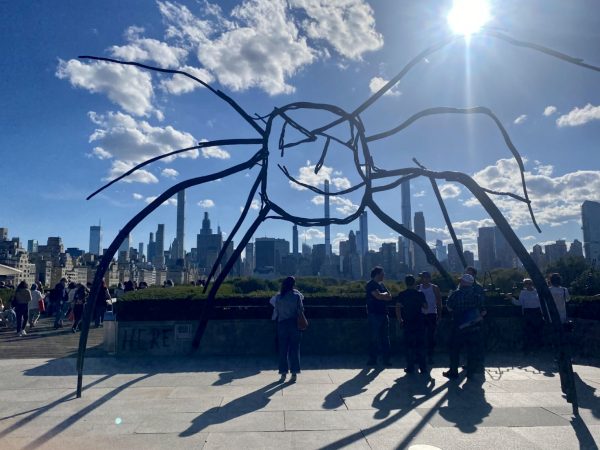FIT Displays Hip-Hop’s “Fresh, Fly and Fabulous” Fashion
Fashion’s brightest and most embellished clothing, worn by hip-hop’s most renowned stars, is on display at the new exhibit at Fashion Institute of Technology (FIT). Opened on Feb. 8 and lasting until April 23, the exhibition celebrates the culture, history and style of popular artists such as Mary J Blige, Doja Cat and more.
Over the past few decades, hip-hop’s evolution in society and fashion has been exponential. In 2023, the style is seen everywhere, from saturating small businesses to fast fashion. But we can not celebrate it today without recognizing where it came from, and that is what this exhibit seeks to do.
Dating back to 1973 in the South Bronx, hip-hop culture emerged from DJing techniques by artists like Grandmaster Flash. He experimented with turntables and records at home, the original art form of hip-hop. The creation of music and dance despite the poverty and discrimination Black Americans were undergoing proved much aspiration and excitement for the community. As this art form rose in popularity, it became documented on film and television. “Beat Street” (1984) was one of the earliest films to deal directly with this community and it showcased breakdancing and graffiti writing. Famed director Spike Lee became a big name in the culture, sporting luxury jackets and was seen as “a sort of messenger for young Black America.”
The integration of high-end fashion into hip-hop culture emerged from the want to sport European brands as symbols of wealth and exclusivity. As hip-hop artists became mainstream, they embraced luxury fashion that took nods at trends deemed “old school.” Puffer jackets started as practical pieces produced by everyday brands then were reimagined by Moncler. Today you see many stars and artists of hip-hop culture sporting the French brand.
At first, luxury companies did not embrace their hip-hop fans. Young designers like Marc Jacobs at Louis Vuitton and John Galliano at Dior created pieces geared toward this culture. At Dior, Galliano’s love of hip-hop artists led to them designing a custom look for Missy Elliot based on their famous Rasta saddle bag.
Euro-American fashion was traditionally designed with certain colors deemed feminine or masculine. In Black and Latinx communities, these traditional values were not as pervasive which allowed designers to embrace creative visions and break norms. Classic preppy brands like Ralph Lauren took traditional feminine colors and created menswear in pink which encouraged rappers like Sean Combs and Pharrell Williams to sport their gear. Ralph Lauren was used to a stylized version of old wealth, so they were foreign to creating looks like these. Their incorporation of the color pink made statements, as it represented rebellion and diversion from the traditional image their brand stood by.
Women’s style in hip-hop is often overlooked. Early on, aerosol artists, DJs and MCs sported looks that took inspiration from male style in order to be taken seriously in an industry that was male dominated. As hip-hop culture grew and women were more represented, female figures created their own looks that embraced feminine fashion like Christian Louboutin heels and Adidas Basket Profi wedge sneakers.
Before the age of digital media, hip-hop artists worked with styles, photographers and designers to make influential images for magazines. These were printed in Vibe, XXL and Honey Magazines in addition to many live performances and music videos produced.
While this exhibit cannot encompass all the rich history that goes into how we know hip-hop today, it highlights brands that worked to incorporate the art of their culture in their fashion lines.
After many decades, we still see hip-hop’s influence on red carpets today, as celebrities make bold choices that break the internet. I encourage you all to check out this exhibit as it is free to the public and holds beautiful history in the form of fashion.

Rory Donahue is a junior from Haverford, Pa., majoring in digital technologies and emerging media and minoring in marketing. She joined the Ram this year...



































































































































































































